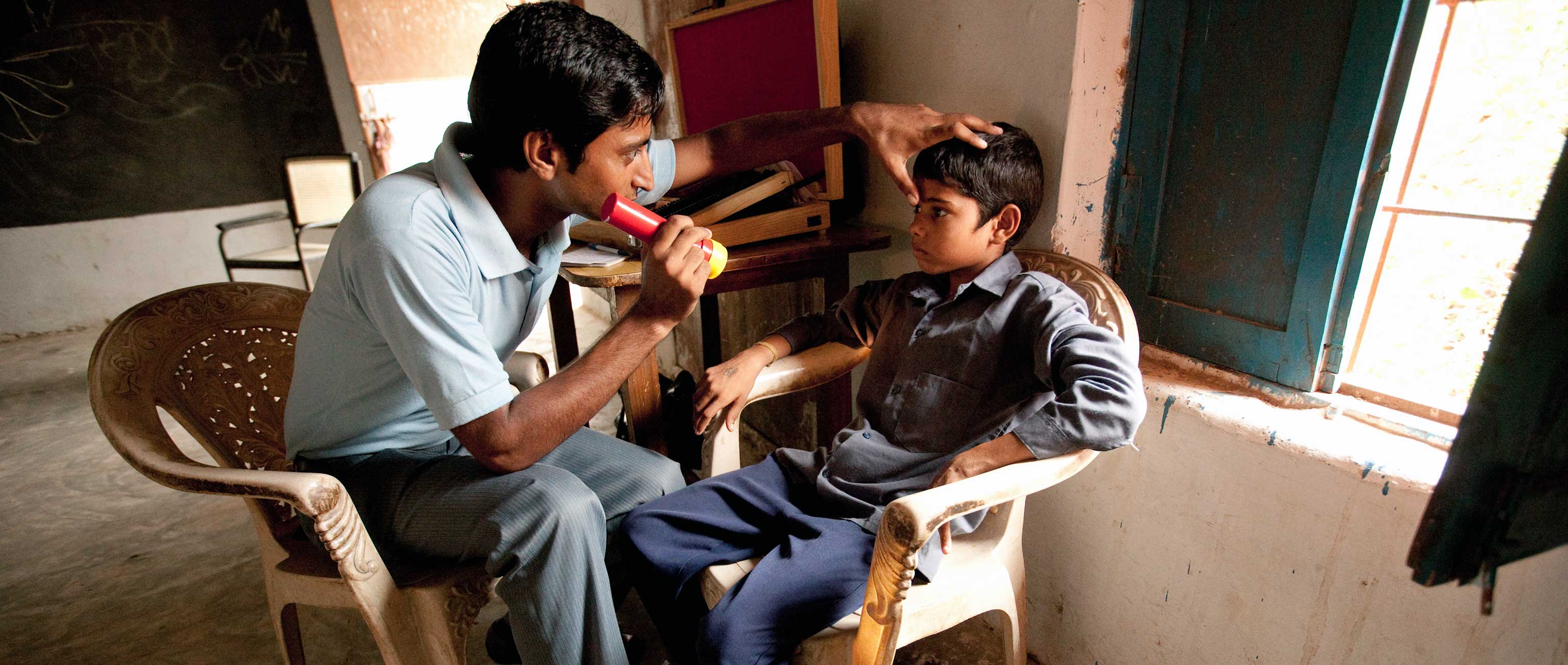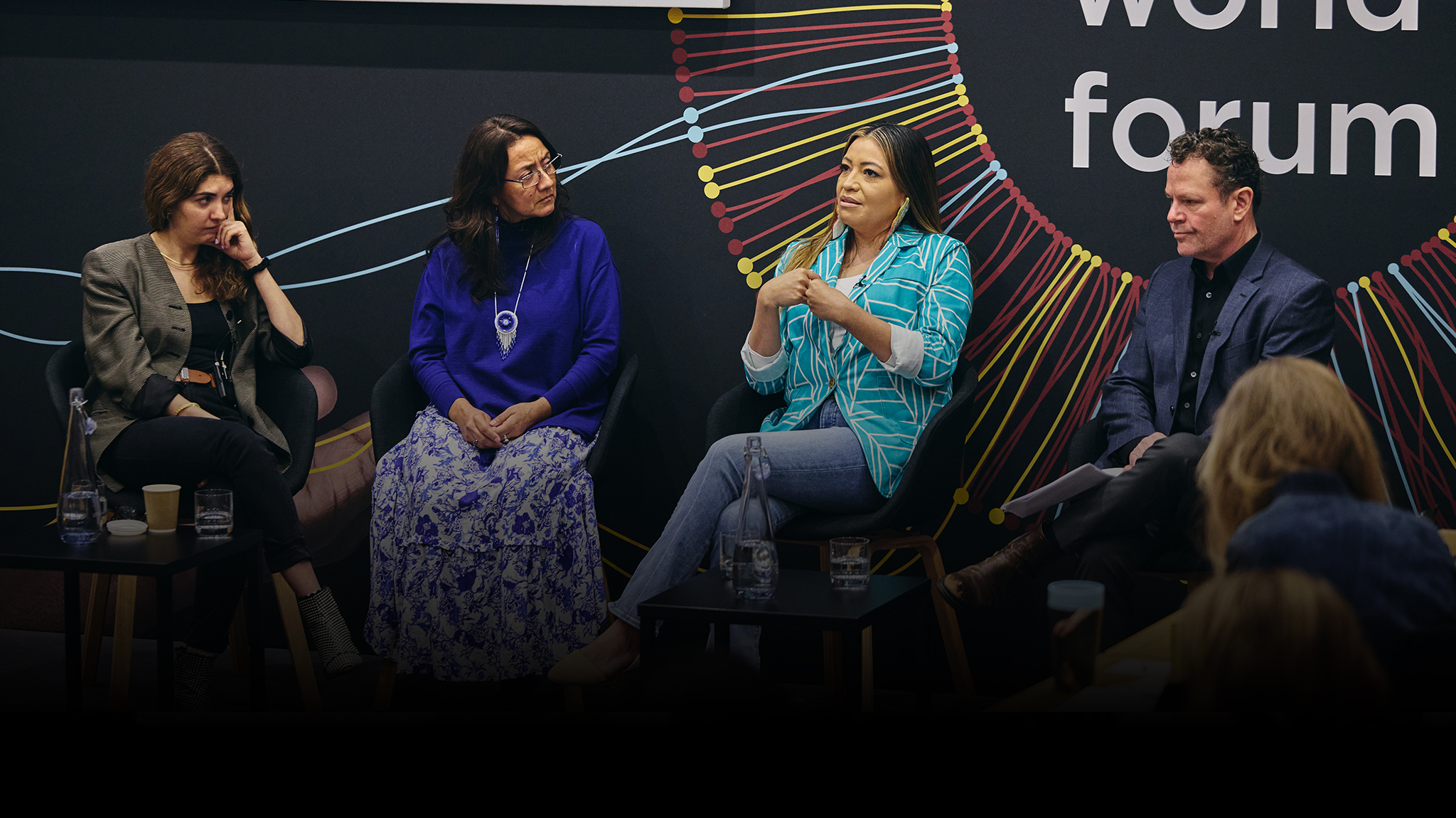A Vision for Change: How VisionSpring Found Scale Through Partnerships
Want to dramatically increase your impact and scale? A new book, Lean Impact by Ann Mei Chang, offers a practical guide to social innovation with inspiring examples drawn from her interviews with over 300 entrepreneurial leaders. Learn about the failure that gave rise to One Acre Fund’s innovation process, how Proximity Designs lives by their namesake, and how Code For America uses MVPs (minimum viable products) to do early validation of their game-changing services.
The following is an excerpt that highlights the iterations taken by Skoll 2009 Awardee, VisionSpring, on their journey to achieve massive scale.
An estimated 2.5 billion people in the world need, but don’t have, the eyeglasses that would help them lead productive and fulfilling lives. To address society’s failure to bring a 700‐year‐old technology to disadvantaged populations, Jordan Kassalow founded the award-winning social enterprise VisionSpring with a mission to ensure that everyone has affordable access to eyeglasses. Its motto: “See to learn, see to work.”
From the beginning, Jordan believed that people express their needs and desires through what they buy. Charging an affordable price gives people dignity and puts the onus on VisionSpring to provide a product customers value enough to purchase. In 2003, it started by selling 800 pairs of glasses in India and El Salvador through what it called “vision entrepreneurs” – its own dedicated sales force. After three years, it became clear that the model had limited potential for scale and was too expensive to ever become sustainable on its own. So Jordan pivoted.
VisionSpring switched to a hub‐and‐spoke model, opening optical shops that offered a wide range of styles and pricing. The income generated from selling these higher‐end products cross‐subsidized outreach by vision entrepreneurs to poorer customers in remote locations. The enterprise became more financially sustainable, but growing a direct workforce was slow and painstaking and wouldn’t allow for rapid growth into new geographies.
When Jordan met BRAC’s vice chairperson Dr. Ahmed Mushtaque Raza Chowdhury, the two men became intrigued by the possibility of leveraging BRAC’s extensive network of community health workers in Bangladesh to sell eyeglasses. There was the potential of a triple win: a huge distribution channel for VisionSpring, increased value and income potential for BRAC health network, and extended productive working years for older clients whose near vision was failing. After simplifying the exam procedure and running a small pilot, the possibility became a reality. Since 2006, the partnership has scaled to 61 of 63 districts in Bangladesh and amounts to 25% of VisionSpring’s sales. In 2017, they celebrated the millionth pair of eyeglasses sold and expanded the partnership to Uganda.
Based on its success with BRAC, VisionSpring has leveraged partnerships with over 300 organizations around the world. Yet even if it reaches its audacious goal of selling 10 million pairs of glasses by 2020, it would still represent only a tiny fraction of the total need. For vast, long‐standing societal challenges, even a highly successful organization can usually only make a small dent. And, as such problems typically lie at the intersection of market and policy failures, any one sector only holds part of the solution. In the case of eyeglasses, market forces have encouraged companies to focus on more lucrative, affluent customers, leaving the poor and disadvantaged underserved. At the same time, government policies and aid organizations have prioritized more acute and deadly diseases. Thus, this simple and inexpensive intervention, which can increase productivity by 35% and generate $23 of economic impact for every dollar spent, has fallen through the cracks.
As the organization grew, Jordan and his VisionSpring colleague Liz Smith saw an opportunity to address barriers beyond their enterprise, by bringing government, the industry, and nonprofits together to tackle distribution and access problems more systemically. Thus, the EYElliance was born.
To date, 36 active members across the private, public, and nonprofit sectors have come together in the EYElliance to break through the systemic barriers. This includes promoting school programs so that kids have the necessary corrective eyewear to learn. It also uses the demonstrated success of VisionSpring and others to encourage companies in the optical business to move down market. And it seeks to integrate reading glasses into existing last‐mile health networks as another element of basic care.
Among EYElliance’s early successes in the public sphere is an agreement with the government of Liberia to develop a national plan for school eye health and to integrate basic eye care into the community health‐worker system. Such systemic shifts make it possible to imagine a day when the private sector better reaches underserved markets, governments provide a safety net so all citizens have the potential to learn and be productive, and the social sector can turn its attention to new challenges that are as yet unsolved. The evolution of VisionSpring’s path to scale is emblematic of the journey from doing some good to fixing a broken system.
Excerpted with permission of the publisher, Wiley, from Lean Impact: How to Innovate for Radically Greater Social Good by Ann Mei Chang. Copyright (c) 2018 by Ann Mei Chang. All rights reserved. This book is available wherever books and eBooks are sold.



